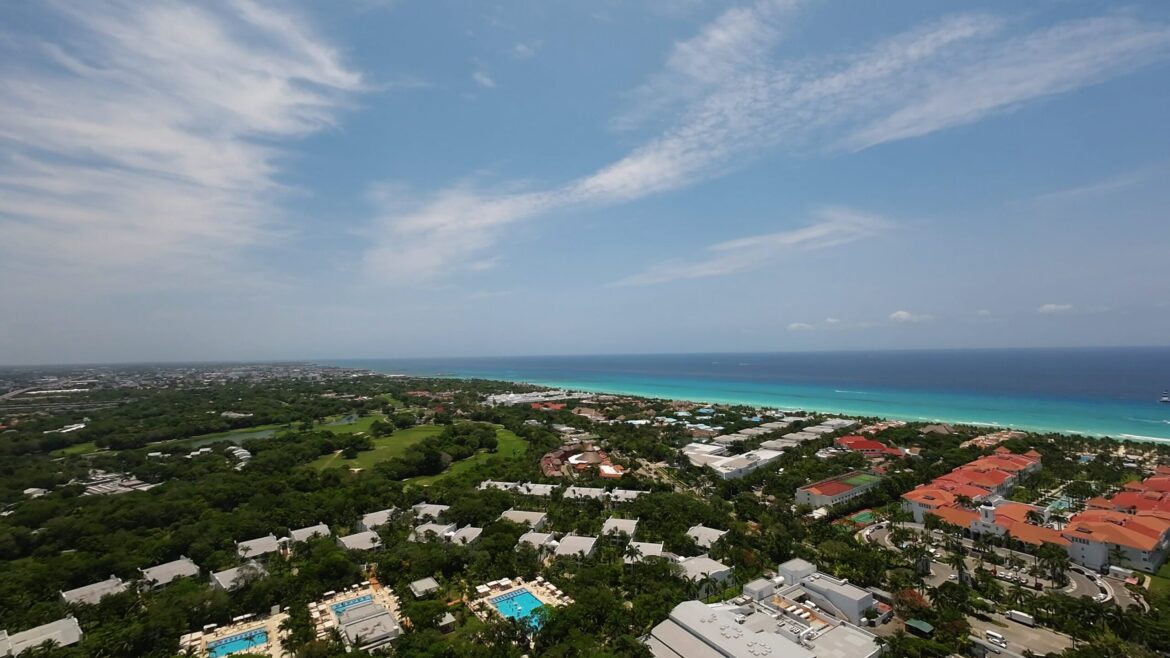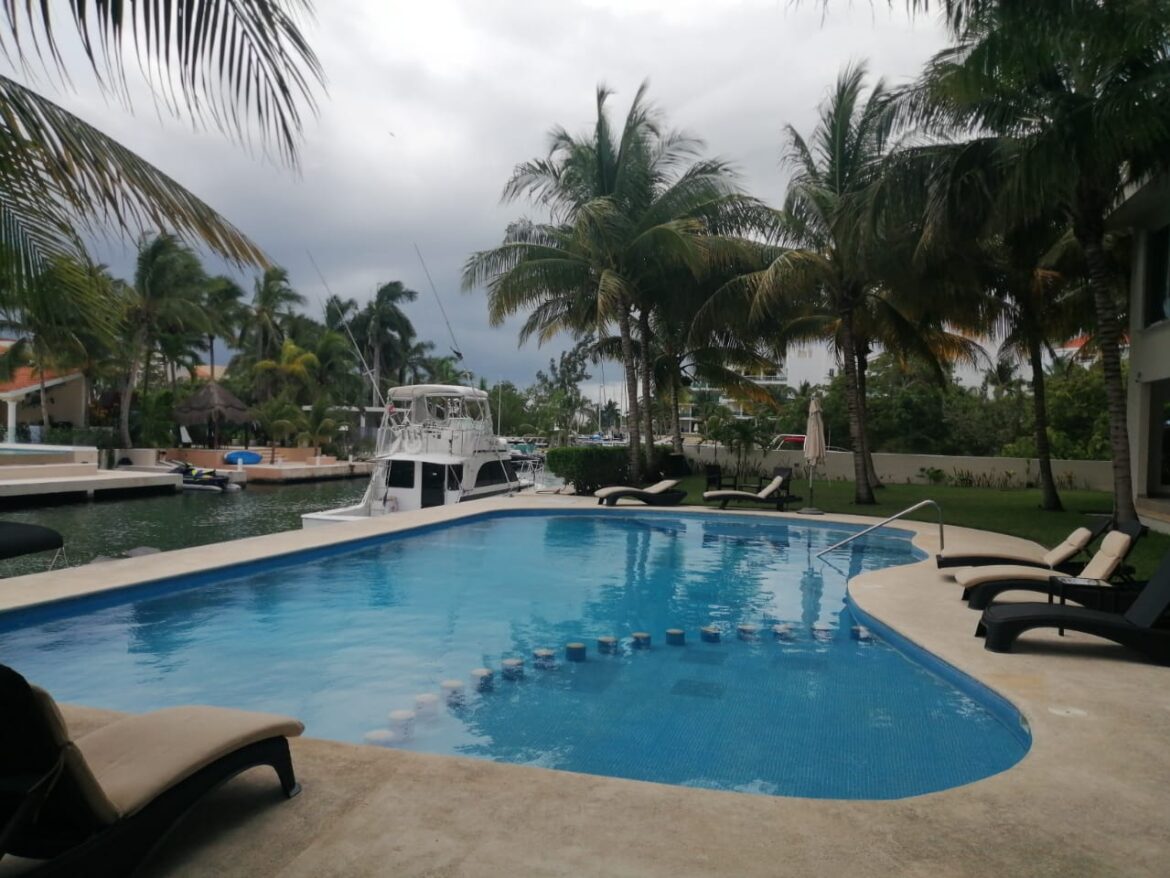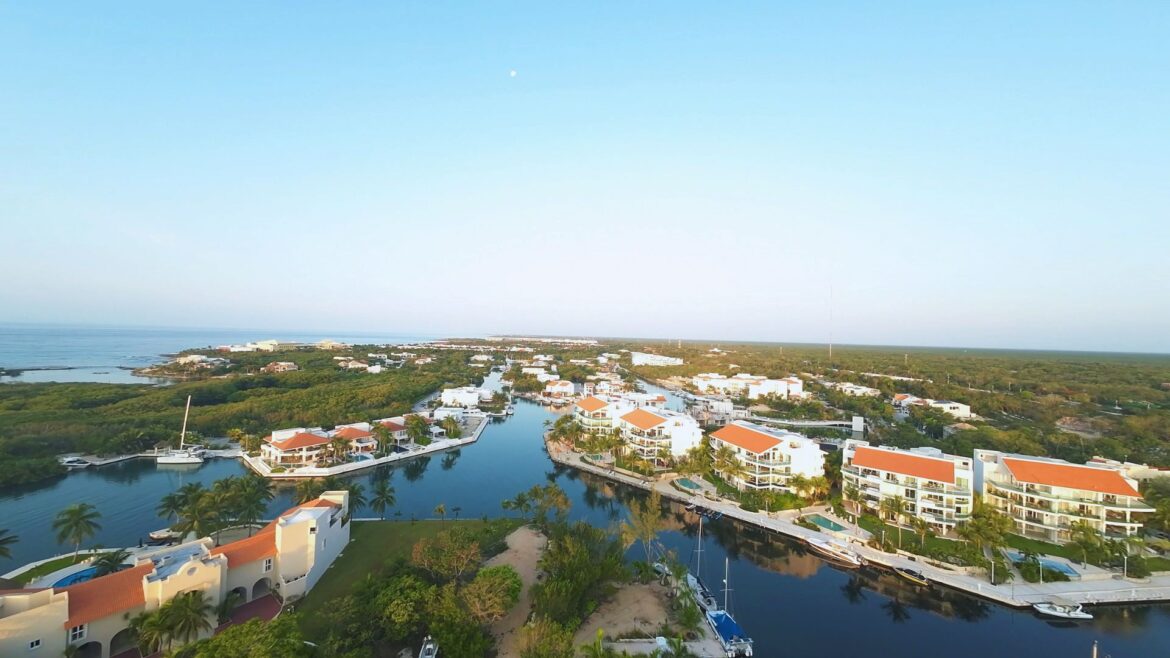
“Playa del Carmen Secures the Fifth Position in Mexico for Marking Significant Home Price Escalations in 2023.”
Quintana Roo has emerged as one of Mexico’s top states in witnessing a substantial surge in home prices in the early months of 2023. According to the Federal Mortgage Company (SHF), the state has seen an impressive 17.1 percent increase in home prices during the first quarter of this year compared to the same period in the previous year.
Baja California Sur holds the top position in Mexico with a 17.9 percent price increase, followed closely by Quintana Roo and Sinaloa at 16.5 percent, securing the second and third positions, respectively.
Nationally, the SHF reported that the average home price stood at 1,601,000 pesos during the first quarter of 2023, with a median price of 926,000 pesos. The SHF’s Housing Price Index revealed varying trends by state, with 16 states recording higher variations than the national average, while 16 states reported lower variations.
The nationwide SHF Housing Price Index displayed an overall appreciation of 11.7 percent in the first quarter of 2023 compared to the same period in 2022. However, during the first three months of 2023, there was an 11.5 percent decrease in the number of property appraisals compared to the same period in the previous year.
The SHF Index for new housing indicated a variation of 12.8 percent, while the index for used housing increased by 10.8 percent during the first quarter of 2023. Within this period, 60 percent of the market comprised used housing, and 40 percent was attributed to new housing.
The SHF Index for single houses grew by 11.8 percent, while the index for condominiums and apartments combined showed an appreciation of 11.6 percent. In the economic-social housing sector, the SHF Index witnessed an increase of 11.3 percent, and the medium-residential housing index rose by 11.9 percent in the period from January to March 2023.
When assessing mortgage loan prices from lowest to highest at the national level, it’s evident that 25 percent of transactions were conducted at a price equal to or below 626,000 pesos. The median price, at 926,000 pesos, indicates that 50 percent of housing transactions occurred below this threshold, while the other half was above it. Furthermore, 75 percent of homes were sold for less than 1,853,000 pesos, with the remainder fetching higher prices.
The increase in housing prices coincides with a macroeconomic environment where the Gross Domestic Product (GDP) recorded a 3.9 percent real growth in the first quarter of 2023 when compared to the same period in the previous year, according to the Timely Estimate of GDP published by the National Institute of Statistics and Geography (INEGI).
By municipality, Solidaridad, which encompasses Playa del Carmen in Quintana Roo, ranks fifth on the SHF Index with a price variation of 16.8 percent, making it the most prominent municipality in the state and the fifth highest in the country. The top-ranking municipality in the country was La Paz in Baja California Sur, with an 18.1 percent increase in home prices.
During the first three months of 2023, in comparison to the same period in 2022, the SHF Index documented price appreciation rates above the national average in 38 municipalities and below-average rates in 36 municipalities.
“Quintana Roo’s soaring real estate market calls for an expert touch, and that’s where Propertiesbaymx.com shines. As the premier real estate agency in the Riviera Maya, we’re well-equipped to help you navigate the dynamic housing landscape. With our extensive knowledge of the region and a dedicated team of professionals, we ensure you make the best property investment choices. Whether you’re seeking your dream home or an investment opportunity, Propertiesbaymx.com is your trusted partner in Quintana Roo’s thriving real estate market.”




